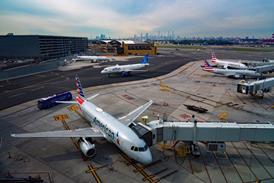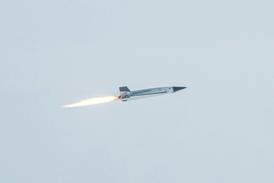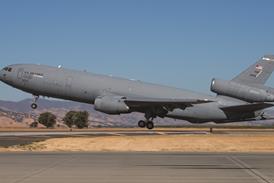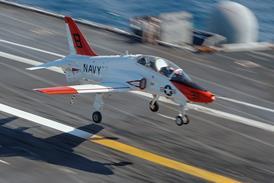Southwest Airlines Pilots' Association (SWAPA) is warning its members of a safety hazard on the same approach to Buffalo Airport used by the Colgan Air Bombardier Q400 that crashed fatally last week.
The union's safety committee says that a problem with the instrument landing system (ILS) for runway 23 could lead to an aircraft suddenly pitching as far as 30° nose-up with a risk of stalling.
A long-standing warning on Buffalo approach charts cautions pilots that the glideslope is unusable beyond 5° right of the localiser, and US Aviation Safety Reporting System (ASRS) reports contain several incidents in which aircraft have encountered difficulties.
The Colgan Air Q400 approached the localiser from the left, rather than the right, and there is no evidence that the glideslope problem has manifested itself in that area.
The precise reason for SWAPA's issuing the new alert is not known, but it is understood that it may have been triggered as a result of a more recent incident to a Southwest aircraft.
In its message SWAPA states: "Information has been received indicating it is possible to obtain a significant nose pitch up, in some cases as much as 30°, if the glideslope is allowed to capture before established on centreline.
"Pilots who are preparing to configure and land have the potential to experience abrupt pitch-up, slow airspeed, and approach to stall if conditions present themselves in a certain manner.
"When attempting to intercept the runway 23 ILS from right traffic, the ILS glideslope indication may read full-deflection down. Just prior to intercept it may then move up in such a manner as to enable approach mode to capture in such a way as to result in a nose-up pitch and loss of airspeed."
The danger arises if a crew simultaneously arms the glideslope and localiser before acquiring either and the aircraft then reacts to the glideslope before it is on the extended centreline.
Southwest has now instructed its pilots not to select "approach mode" until established on the localiser.
SWAPA explains that the phenomenon is due to the existence of "an earthen obstruction close enough to the ILS to affect the integrity of the glideslope signal".
In an ASRS report from June last year, a Boeing 737 first officer from an unknown airline reports that his aircraft descended from its cleared altitude of 2,300ft to 1,800ft before acquiring the localiser when the captain armed the approach mode.
In a December 2003 report an Airbus A319 captain also received an early glideslope signal and descended 500ft while uncleared, prompting air traffic control to query his action.
And in 2003 and 2002, two Bombardier CRJ crews reported spurious glideslope signals, although it is unclear whether they were caused by the same phenomenon.
A US FAA spokeswoman is quoted today as saying the agency does not believe the localiser issue played a role in the Colgan accident.
Source: Air Transport Intelligence news


























